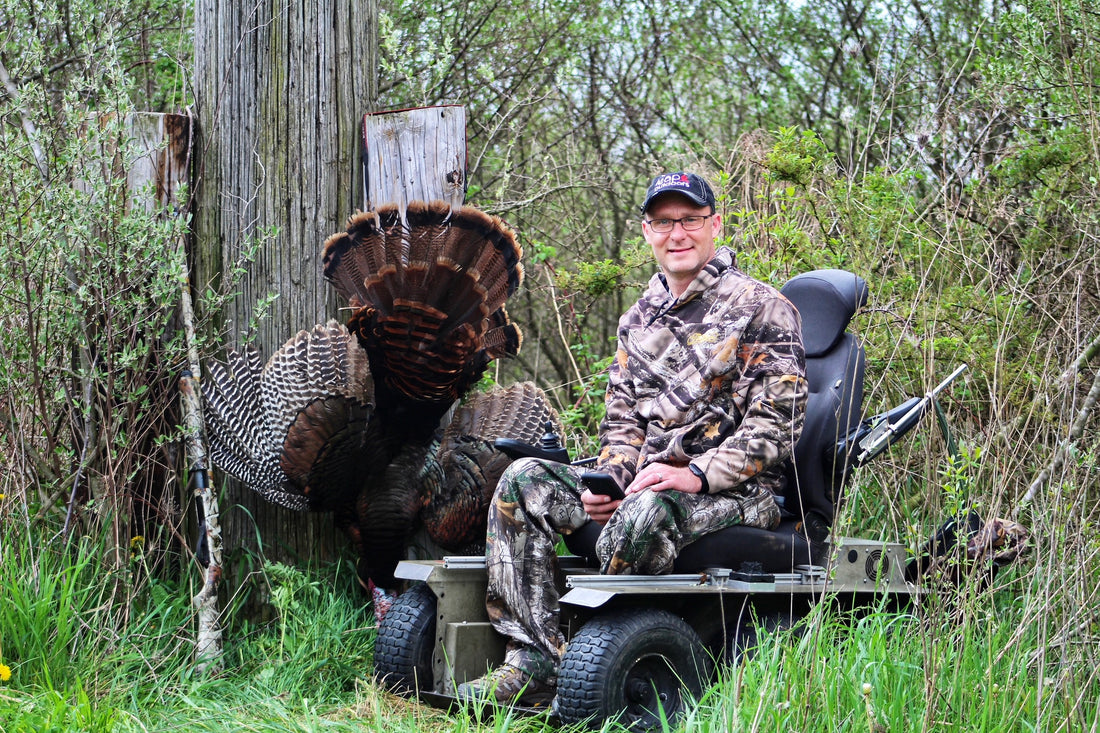Gobble, gobble! If you're itching to experience the thrill of turkey hunting, you're in the right place. Turkey hunting is an exciting outdoor pursuit that requires patience, skill, and a dash of strategy. In this guide, we'll walk you through some essential tips to help you embark on a successful turkey hunting adventure.
Understanding Turkey Behavior:
Before we dive into the tips, let's talk turkey behavior. Understanding how these feathered friends think and act is key to your hunting success.
-
Know Your Gobbler: Male turkeys, called gobblers, are the primary target for hunters. During the spring mating season, gobblers are most active as they strut their stuff to attract hens. Understanding their mating rituals and vocalizations can give you an edge in the field.
-
Scout Your Hunting Grounds: Before the hunt, spend time scouting your hunting grounds. Look for turkey sign such as tracks, droppings, and scratch marks, which can indicate where turkeys frequent. Pay attention to roosting areas and feeding sites to pinpoint where the birds are likely to be.
Tips for a Successful Turkey Hunt:
-
Practice Your Calling: Turkey calls are essential tools for attracting gobblers. Practice using turkey calls such as box calls, slate calls, or diaphragm calls to mimic the sounds of a turkey hen. Start with simple calls like yelps and clucks, and gradually add more advanced calls to your repertoire.
-
Concealment is Key: Turkeys have keen eyesight and can spot movement from afar. Blend into your surroundings by wearing camouflage clothing and setting up in a well-concealed location. Use natural vegetation or a portable blind to hide from the sharp eyes of wary gobblers.
-
Patience Pays Off: Turkey hunting requires patience and perseverance. Settle into your hunting spot quietly and wait for the turkeys to come to you. Avoid excessive movement and remain still until you have a clear shot.
-
Timing is Everything: Early mornings and late afternoons are prime times for turkey activity. Gobblers are most vocal during the early morning hours as they gobble to attract hens. Plan your hunts accordingly, and be prepared to spend several hours in the field for the best chance of success.
-
Safety First: Safety should always be your top priority when turkey hunting. Be sure to follow all firearms safety rules, including identifying your target and what lies beyond it. Use a turkey decoy sparingly and with caution to avoid accidentally attracting other hunters.
Conclusion:
Turkey hunting is an exhilarating outdoor pursuit that offers the thrill of the chase and the satisfaction of a successful harvest. By understanding turkey behavior, practicing your calling, and employing sound hunting tactics, you can increase your chances of bagging a gobbler this season. So, grab your gear, head into the woods, and let the hunt begin!

